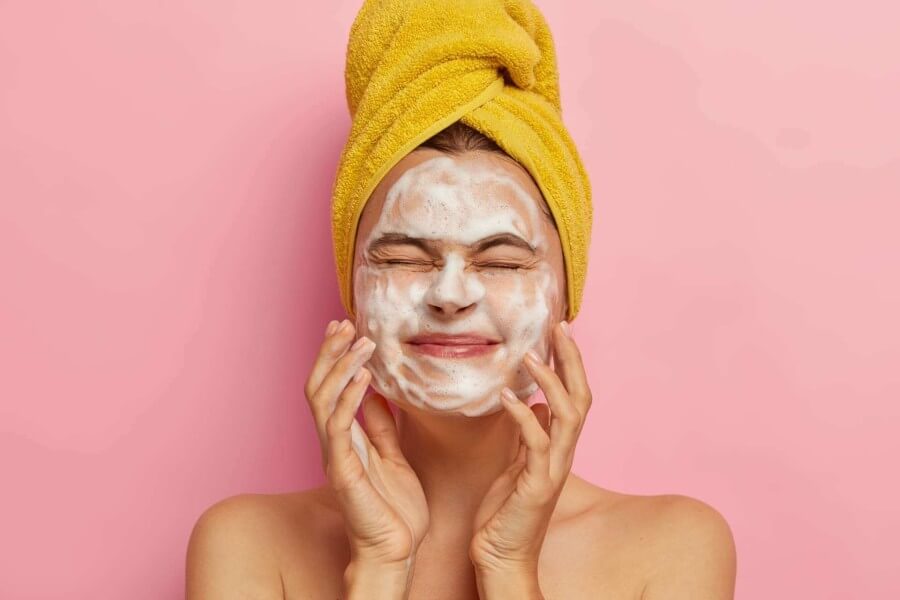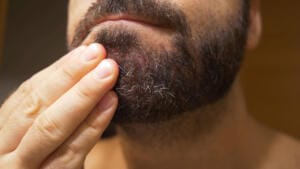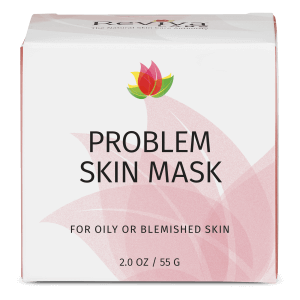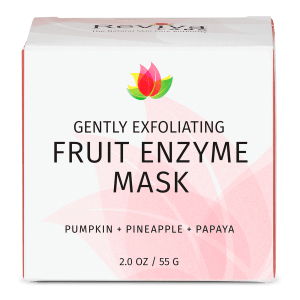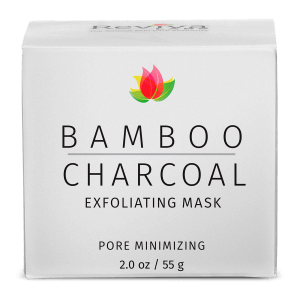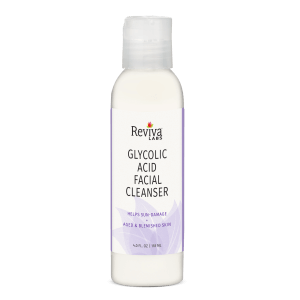-
×
 Rosewater Facial Spray
1 × $14.00
Rosewater Facial Spray
1 × $14.00
Clean Beauty, Reviva Labs, Skin Care
5 Exfoliating Tips You Should Try
Exfoliating is an essential part of any skincare routine. It helps to remove dead skin cells, unclog pores, and promote cell turnover, leaving your skin looking and feeling smoother and brighter. However, it’s important to exfoliate correctly to avoid damaging your skin. Here are five exfoliating tips to try for the best exfoliation results.
Choose the Right Exfoliator for Your Skin Type
There are two main types of exfoliators: physical and chemical. Physical exfoliators use abrasive particles, like sugar or salt, to physically scrub away dead skin cells. Chemical exfoliators, on the other hand, use acids like alpha-hydroxy acids (AHAs) or beta-hydroxy acids (BHAs) to dissolve dead skin cells.
If you have sensitive skin, physical exfoliators can be too abrasive and cause irritation, redness, and even micro-tears on the surface of your skin. Instead, a gentle chemical exfoliator that dissolves dead skin cells is a better choice. Glycolic acid and lactic acid are excellent options for sensitive skin types as they are less harsh and gentler.
On the other hand, if you have oily or acne-prone skin, you need an exfoliator that can penetrate deep into your pores and unclog them. BHAs like salicylic acid are perfect for this since they’re oil-soluble and help dissolve the excess oil that clogs pores, leading to breakouts. As an added benefit, salicylic acid also has anti-inflammatory properties that helps reduce redness and inflammation associated with acne.
It’s important to note that some exfoliators contain a combination of AHAs and BHAs, making them suitable for all skin types. For instance, a product that contains both glycolic acid and salicylic acid can be effective in addressing multiple skin concerns, including hyperpigmentation, dullness, and acne. Whether you have sensitive, oily, or acne-prone skin, there is an exfoliator out there that can help you achieve your desired results.
Don’t Overdo It
Yes, it’s possible to overdo exfoliation. Over-exfoliation can cause redness, irritation, and even damage to your skin’s natural barrier. As a general rule, you should aim to exfoliate no more than once or twice a week. If you have sensitive skin, you may need to exfoliate even less frequently.
Be Gentle
When it comes to exfoliating, gentle is always better. Avoid using harsh scrubs or applying too much pressure when using a physical exfoliator. At Reviva, we’re not huge fans of physical exfoliation, and when we do utilize it, we’re extra careful use very fine particles. If you’re using a chemical exfoliator, follow the instructions carefully and avoid leaving it on for too long. Always listen to your skin – if it feels too sensitive or irritated, stop exfoliating and give it a break.
Exfoliate at Night
Exfoliating can make your skin more sensitive to the sun, so it’s best to do it at night. This will give your skin time to recover and reduce the risk of sun damage. Exfoliation is often delivered via cleansers or masks as well… meaning they’ll need to be rinsed off. This is easier to do in the evening without rushing. If you’re using an exfoliating mask we often suggest applying it, waiting, and then rinsing it off in the shower (to avoid any mess). Of course, if you do need to exfoliate during the day, be sure to wear sunscreen afterwards.
Moisturize Afterwards
Exfoliating can be drying to your skin, so it’s important to moisturize afterwards. This will help to restore hydration and prevent your skin from becoming dry and flaky. Look for a moisturizer that contains hydrating ingredients like hyaluronic acid or ceramides.
Exfoliating is an important part of any skincare routine, and it should be part of yours too. However, it’s important to do it correctly and safely. Choose the right exfoliator for your skin type, don’t overdo it, be gentle, exfoliate at night, and moisturize afterwards. By following these five tips, you can get the most out of your exfoliating routine and achieve healthy, glowing skin.



